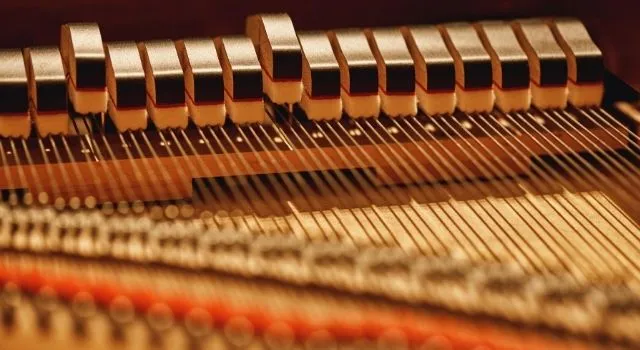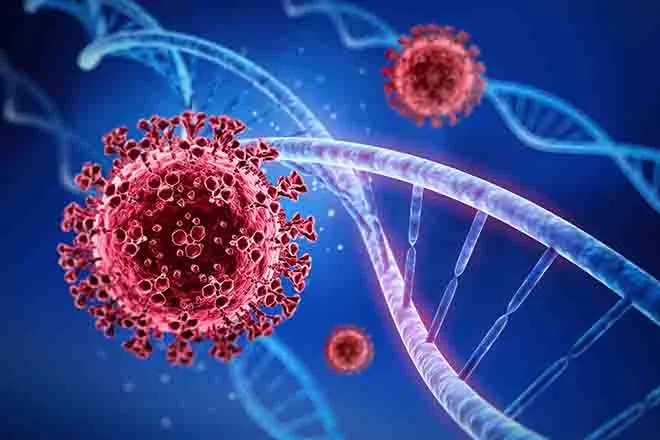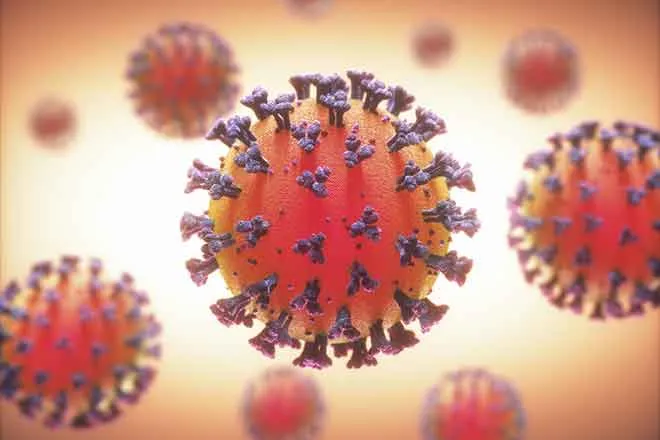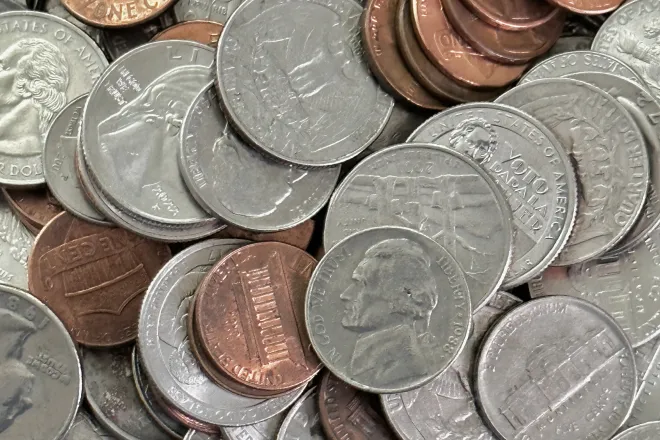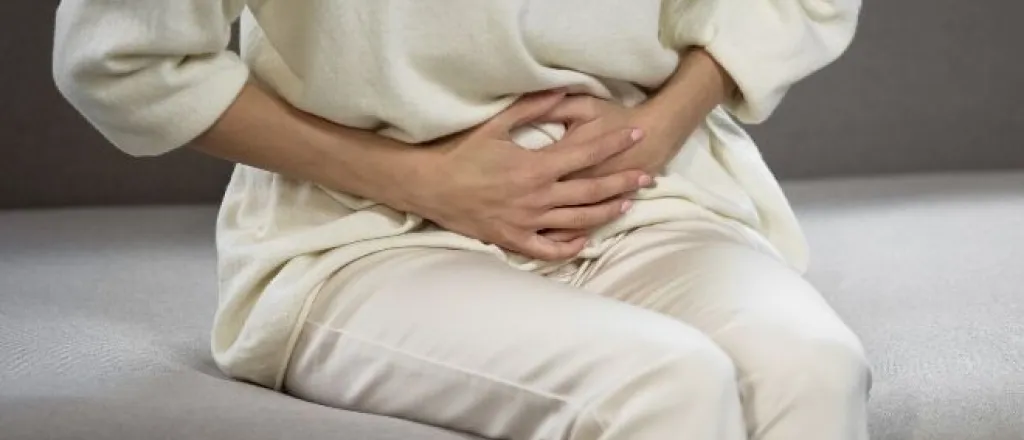
5 Common Treatments for Gallstones
The gallbladder is a small organ below the liver in the upper right abdomen. It is a small pouch that stores a green-yellow liquid called bile that helps with digestion. Gallstones begin to form in the gallbladder when there is too much cholesterol in a person’s diet and then in the bile. Once the stones begin to form, they can lead to other health problems, including stomach pain, fever, vomiting, and indigestion. Bile must be able to pass from the gallbladder, and the stones can prevent that from happening, leading to the excess pain. Below are some common treatments for gallstones that can remove or dissolve them.
Prescription Medication
There are several medications available with a doctor’s prescription that will treat symptomatic gallstones by interfering with the development of gallstones and then dissolving them. These medications are useful for patients that have smaller, non-calcified cholesterol stones, with a normally functioning gallbladder.
Surgery to Remove the Stones
Cholecystectomy is the removal of the gallbladder and the only treatment that will “cure” symptomatic gallstones. There is also a laparoscopic cholecystectomy that is different from the traditional open surgery removal. A doctor will make a few small incisions and use a small video camera to remove the gallbladder and then stitch the incisions. The laparoscopic version in less invasive and has a shorter recovery time.
Extracorporeal Shock Wave Lithotripsy
Also known as ultrasound treatment, this outpatient procedure is completely noninvasive. It is only advisable for patients with a normally functioning gall bladder. An ultrasound machine will use high energy sound waves to produce shock waves. Those waves break up the stones and disintegrate them.
Percutaneous Therapy
For some high-risk patients, surgery might be too risky. Percutaneous treatment is a better option because it goes through the skin. A doctor will open the gallbladder, dilate the tract, and remove any gallstones using a cholecystoscope. In another type of procedure, the doctor will insert a catheter into the gallbladder and inject a solvent that will dissolve the stones.
Endoscopic Gallbladder Stenting
This last commonly used treatment for gallstones is another non-surgical technique. It is useful in high-risk patients who might not survive surgery. The doctor will insert a stent from the gallbladder to the duodenum. The stent will relieve biliary symptoms and complications caused by the stones.


